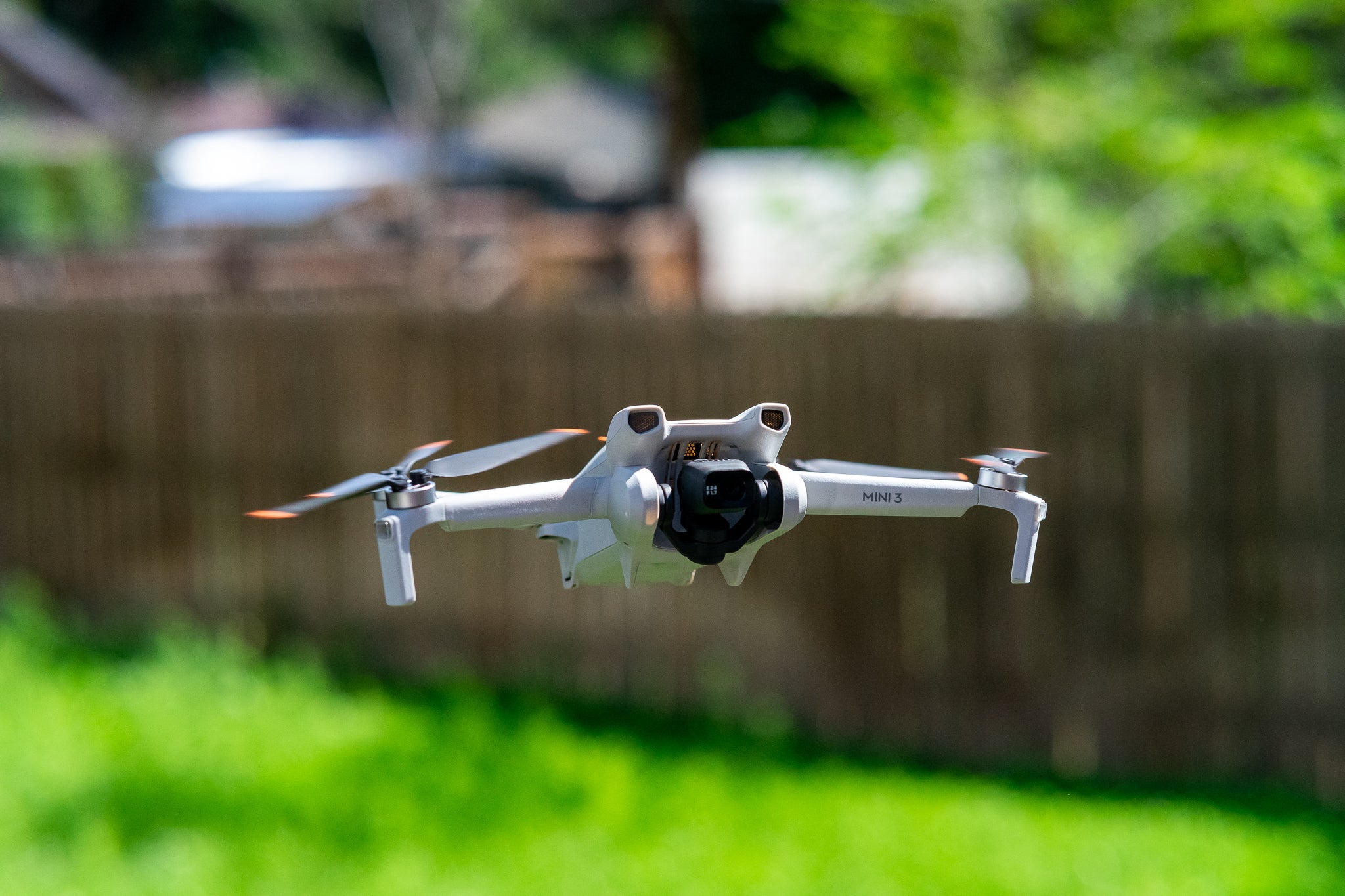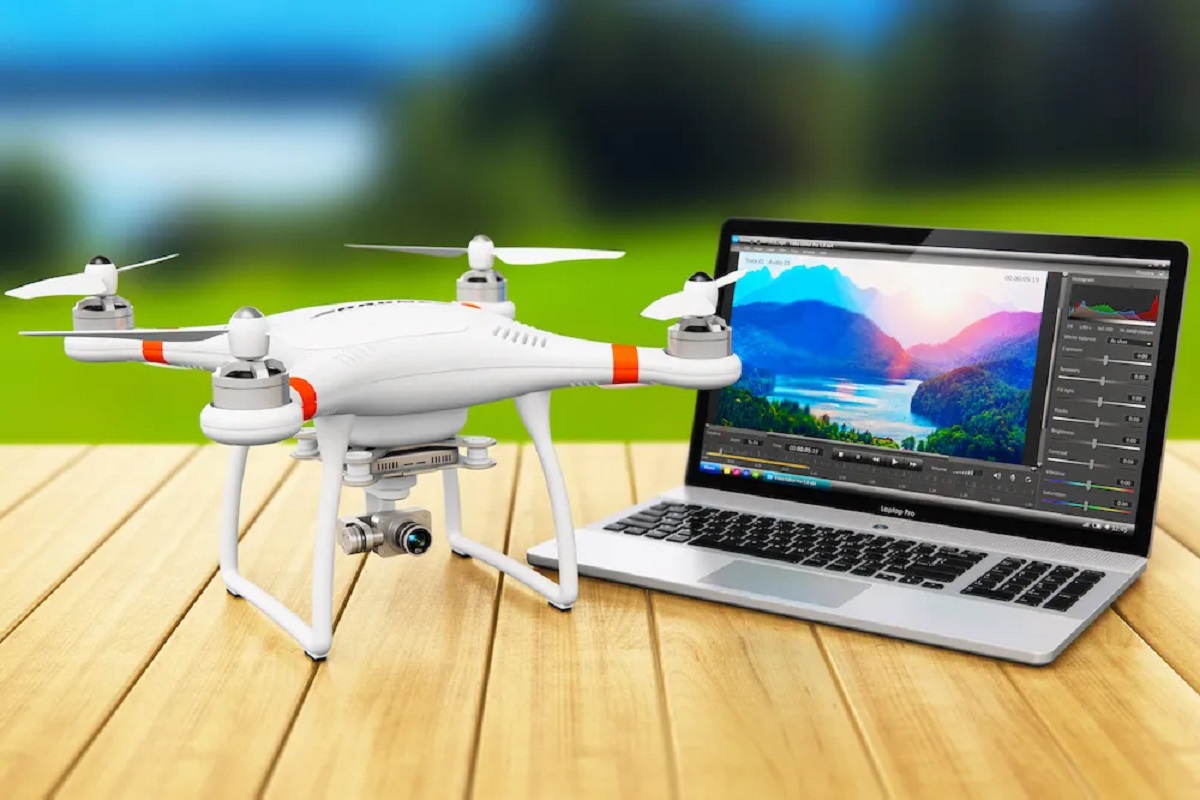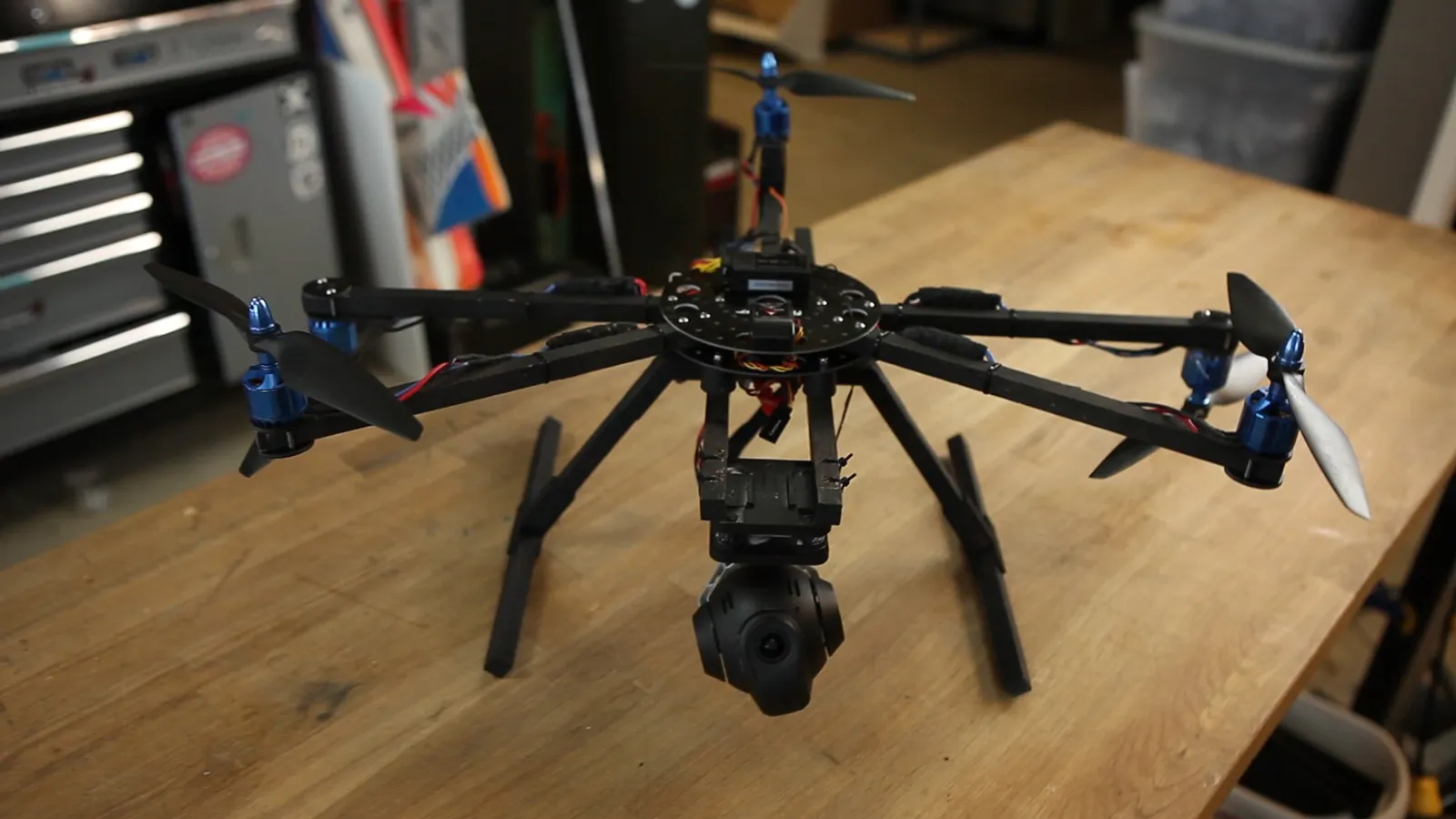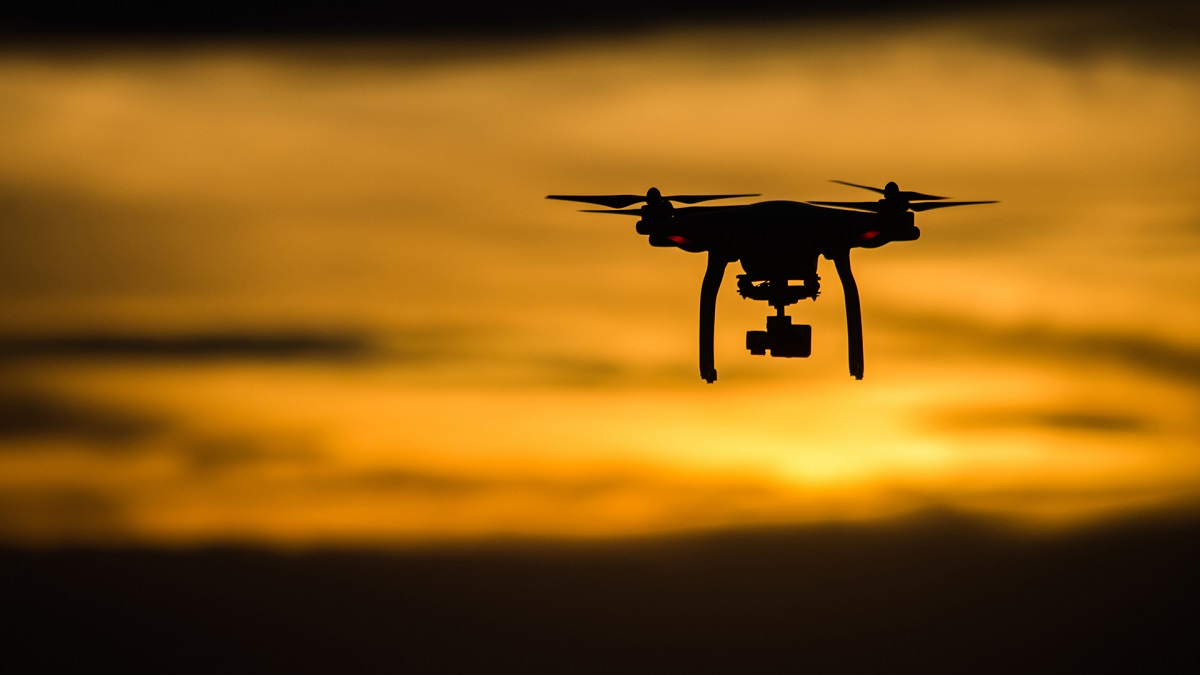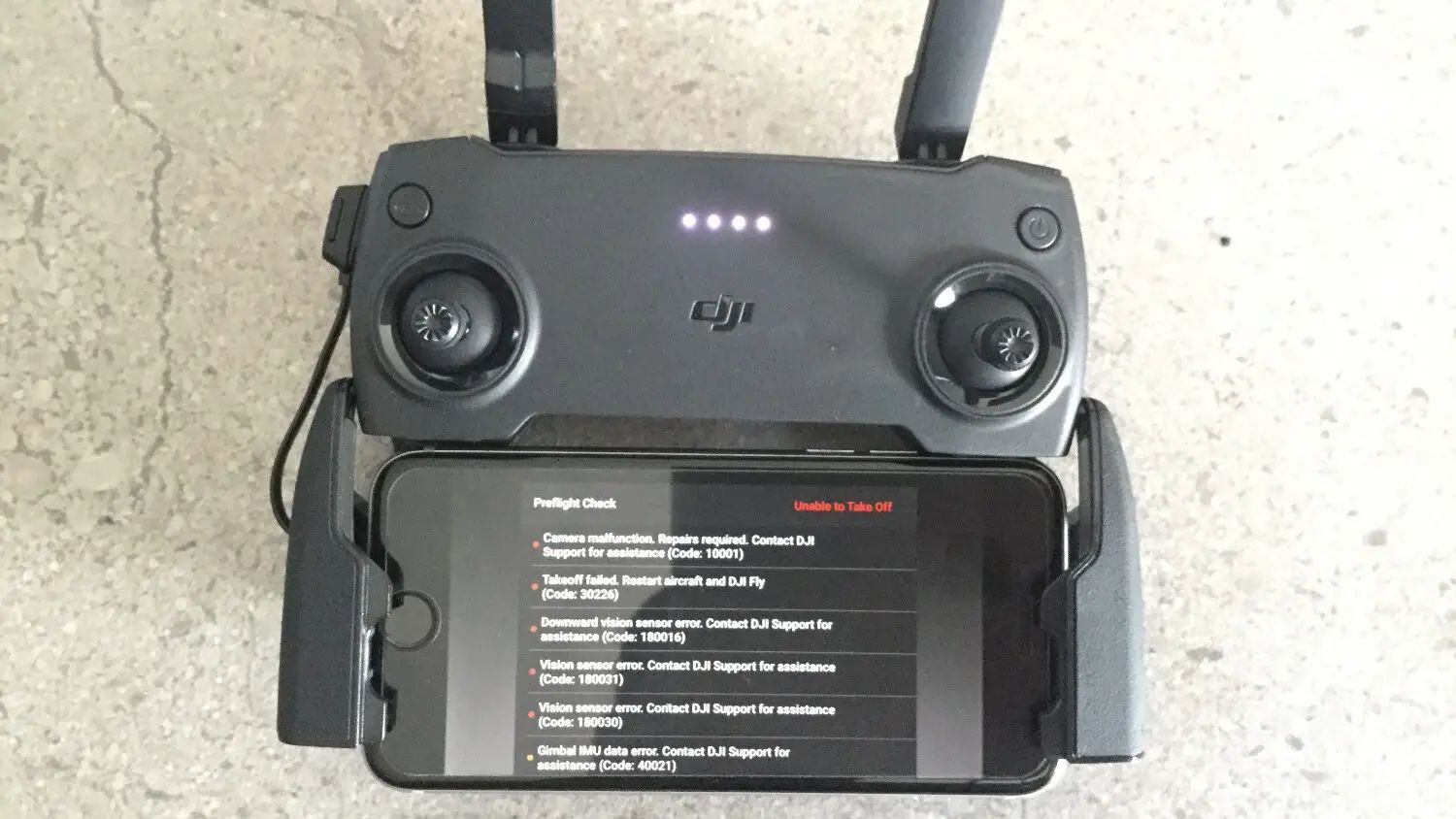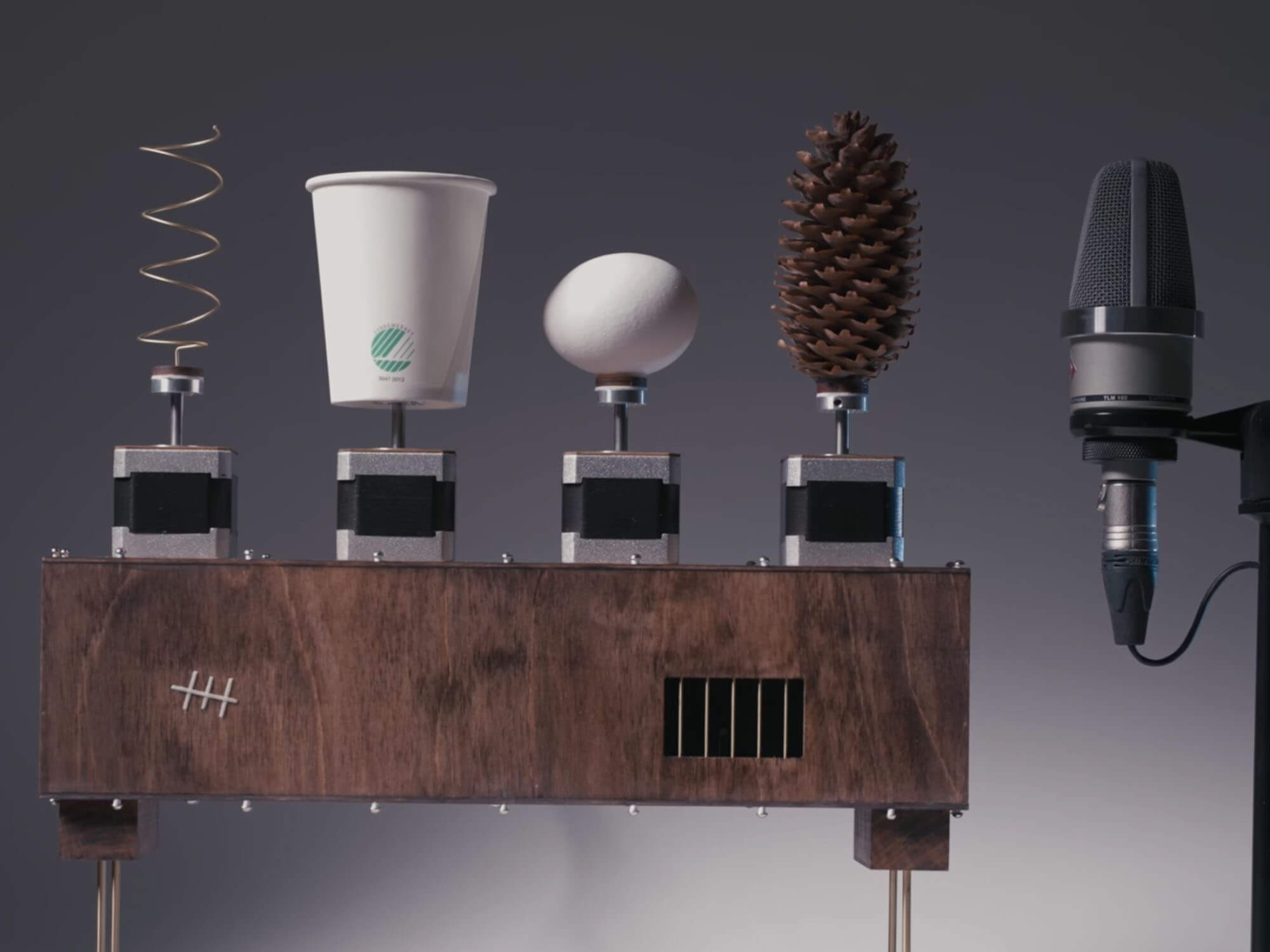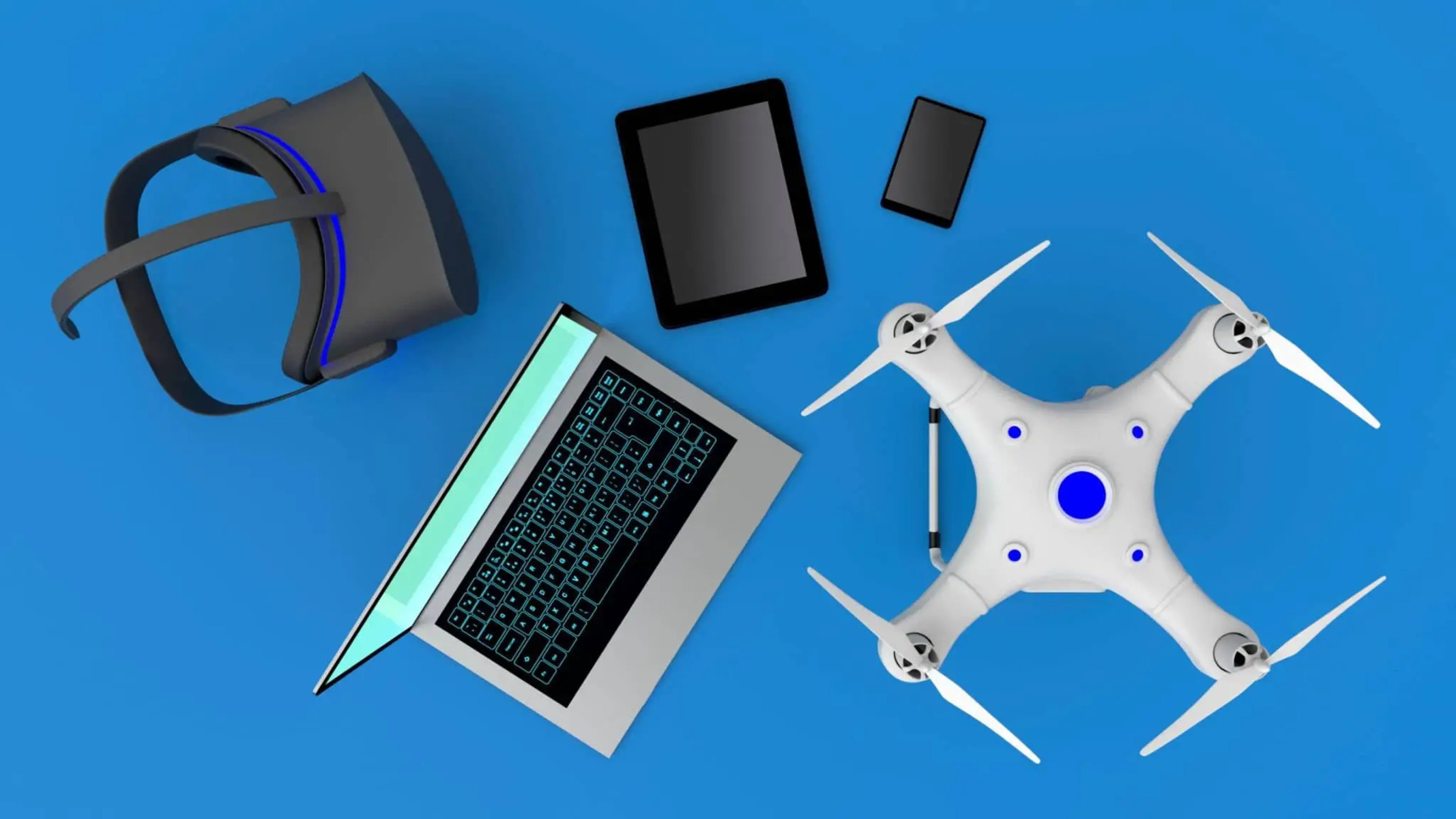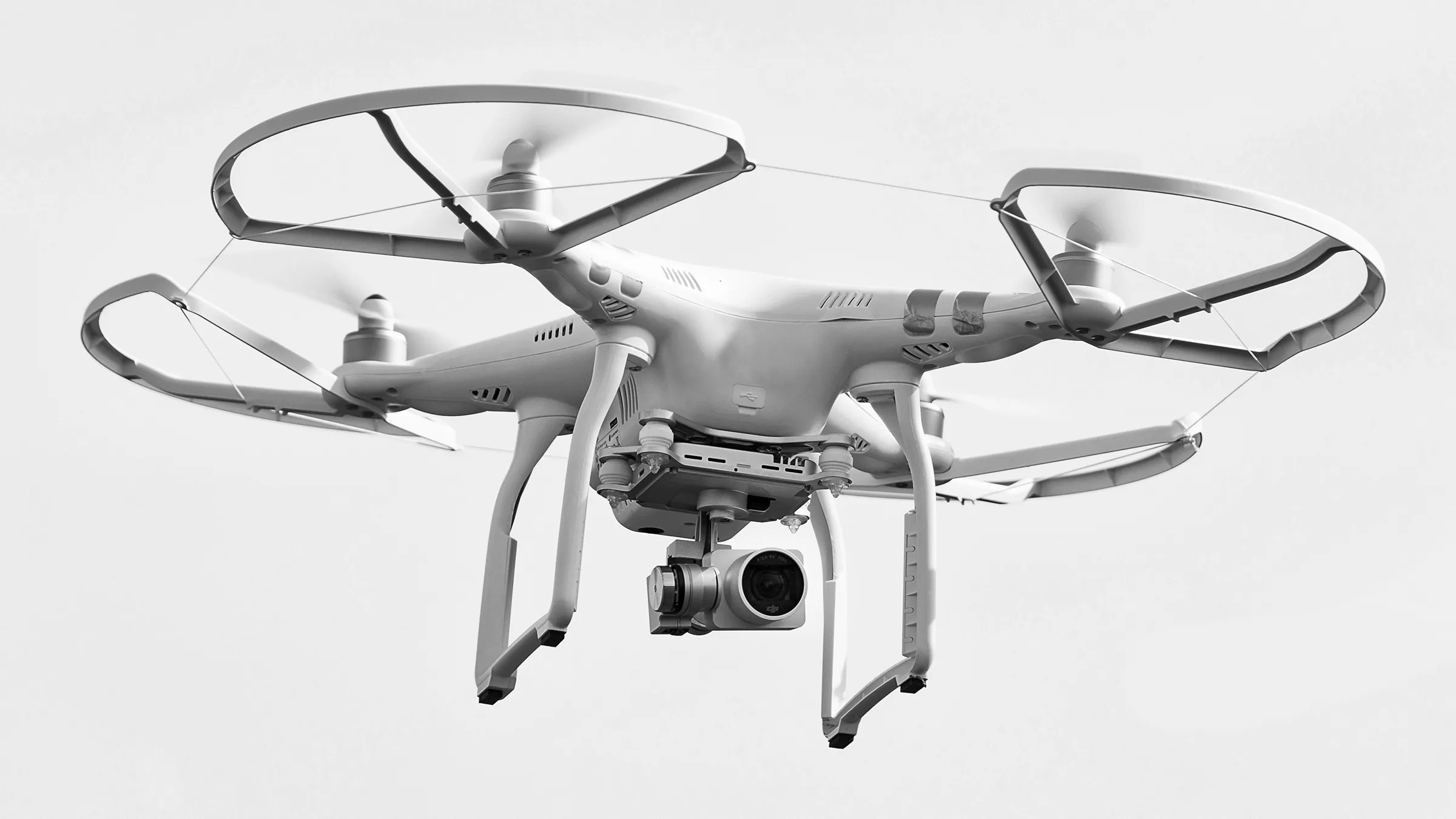Introduction
When you think of a drone, the first thing that might come to mind is its aerial capabilities and the stunning visuals it captures from above. However, have you ever thought about what a drone sounds like? The unique hum of a drone has become synonymous with their presence in our skies, and it adds another layer to the overall experience.
Understanding the sounds that drones produce is not only fascinating but also important for various reasons. As hobbyists, enthusiasts, or even professionals, having a solid grasp of drone sounds can help us recognize and identify different models. Additionally, knowing how various factors can affect drone sounds allows us to optimize their performance and detect any potential issues.
In this article, we will dive into the world of drone sounds, exploring the basics of what affects their auditory profile, the types of drones and their corresponding sounds, how to identify drone sounds in outdoor settings, and even their role in media and entertainment.
So, let’s embark on this sonic exploration and discover what drones sound like!
Understanding the Basics of Drone Sounds
Before delving into the intricacies of drone sounds, it’s essential to grasp the fundamentals. At its core, the sound produced by a drone is primarily generated by its propellers. As these propellers rotate at high speeds, they create vibrations that generate the sound waves we hear.
The pitch and volume of a drone’s sound depend on various factors, including the number and shape of the propellers, their size, and the motor’s power. Typically, drones with larger propellers and motors produce deeper and louder sounds, while those with smaller propellers create higher-pitched and relatively quieter sounds.
Another aspect that affects the sound of a drone is the design of its frame and the materials used. Drones made of lightweight materials, such as carbon fiber or aluminum alloy, tend to produce higher-pitched and less resonant sounds compared to those made of heavier materials like steel.
Besides the physical characteristics of a drone, environmental factors also influence its sound. For example, the surrounding air density, temperature, humidity, and wind speed can all impact the sound of a drone. In colder temperatures, drones might produce slightly different sounds due to the denser air, whereas strong wind can distort or mask the sound.
Additionally, it’s worth mentioning that drones equipped with features like rotor blade guards or propeller shrouds might produce altered sounds. These protective attachments can affect the airflow and alter the acoustic properties of the drone, resulting in slightly different sound profiles.
Understanding these basic principles allows drone enthusiasts to appreciate and differentiate between various sounds. Whether you’re operating a drone yourself or simply observing drones in flight, taking note of their unique sounds can provide valuable insight into their characteristics and performance.
Factors That Affect Drone Sounds
Several factors come into play when determining the sound produced by a drone. Let’s explore some of the key factors that can influence the auditory profile of a drone.
1. Propeller Design: The design and shape of the propellers greatly impact the sound a drone produces. Propellers with more blades tend to create a smoother and quieter sound compared to those with fewer blades. Additionally, the angle and curvature of the propeller blades can affect the noise created during flight.
2. Motor Type and Power: The type and power of the motors used in a drone contribute significantly to the sound it produces. Brushless motors are commonly utilized in modern drones due to their efficiency and quieter operation. Higher-powered motors tend to produce louder sounds, while lower-powered motors generate comparatively quieter sounds.
3. Aerodynamics: The aerodynamic design of the drone, including its frame and body, impacts the sound it emits. Streamlined and smooth designs can reduce air resistance and turbulence, resulting in quieter flight. Drones with bulky and less aerodynamic structures might produce more noise as they encounter greater air resistance.
4. Materials Used: The materials used in the construction of the drone can affect its sound profile. Lightweight materials, such as carbon fiber or plastic composites, tend to produce quieter sounds compared to drones made from heavier materials like metal. The rigidity and density of the materials can influence the resonance and vibrations produced by the drone.
5. Environmental Conditions: External factors like temperature, humidity, and wind also impact the sound of a drone. Cold air tends to be denser, resulting in a slightly deeper sound, while warm air can create a higher-pitched sound. Strong winds can affect the flight stability of a drone and potentially mask or distort its sound.
6. Sound Dampening Features: Some drones come equipped with sound dampening features to minimize noise emission. These can include vibration dampeners, rotor blade guards, or propeller shrouds, which absorb or redirect sound waves. Integrating these features can help reduce the overall noise produced during flight.
By considering these factors, drone enthusiasts can gain a deeper understanding of the various elements that contribute to the distinctive sounds produced by different drones. This knowledge can lead to better decision-making when it comes to selecting drones for specific purposes or optimizing their performance in different environments.
Types of Drones and Their Corresponding Sounds
Just as there are different types of drones designed for various purposes, each type also produces its own distinct sound. Understanding the different categories of drones and their corresponding sounds can give us insight into their capabilities and functionalities.
1. Consumer Drones: Consumer drones, also known as recreational drones, are designed for hobbyists and enthusiasts. These drones typically have four rotors and produce a distinct buzzing sound. The sound is relatively high-pitched and continuous, reflecting their small size and lightweight construction. Consumer drones are popular for aerial photography, videography, and recreational flying.
2. Professional Drones: Professional drones are commonly used for commercial purposes such as cinematography, surveying, or industrial inspections. They are typically larger and more powerful than consumer drones, resulting in louder and deeper sounds. Professional drones often have six or eight rotors instead of four, which contribute to their distinct sound profile.
3. Racing Drones: Racing drones are specifically built for high-speed competitions and agility. These drones feature a compact and lightweight design, allowing them to maneuver quickly through obstacles. Racing drones tend to emit a high-pitched sound due to their smaller size and powerful motors, reflecting their rapid acceleration and swift movements.
4. Agricultural Drones: Agricultural drones are used in the farming industry for tasks like crop monitoring, spraying, and mapping. These drones are typically larger and equipped with specialized sensors and payload systems. Agricultural drones produce a rhythmic and low-pitched sound due to their larger size and the need for sustained flight duration.
5. Industrial Drones: Industrial drones are designed for heavy-duty tasks in construction, infrastructure inspection, and emergency response. These drones often have a robust build and are equipped with advanced features such as collision avoidance systems. Industrial drones produce a distinct and low-frequency sound, reflecting their larger size, powerful motors, and payload capacity.
Each type of drone serves a specific purpose and operates with unique characteristics. By recognizing the different sounds associated with each type, drone enthusiasts can quickly identify the type of drone in use based on its sound profile. Additionally, understanding these sound differences can help users select the appropriate drone for their specific needs and applications.
Identifying Drone Sounds Outdoors
Being able to identify drone sounds outdoors can be a valuable skill for enthusiasts and professionals alike. Whether you’re at a drone racing event or simply enjoying the presence of drones in a park, here are some tips to help you recognize and distinguish drone sounds.
1. Listen for the Buzzing Sound: The buzzing sound is a common characteristic of most drones. It is a distinct, continuous, and somewhat high-pitched sound. Train your ear to recognize this buzzing sound when you’re in the vicinity of a drone.
2. Observe the Pitch and Volume: Different drones have varying pitch and volume levels due to factors such as their size, number of rotors, and motor power. Larger drones tend to produce deeper and louder sounds, while smaller drones generally have higher-pitched and quieter sounds. Pay attention to these variations to identify the type and size of the drone.
3. Notice the Pattern and Rhythm: The sound produced by drones often follows a specific pattern and rhythm. For example, racing drones may have a rapid and rhythmic sound due to their high-speed movements, while agricultural drones might have a steady and consistent sound as they perform their monitoring or spraying tasks. Listening for these patterns can give you clues about the drone’s purpose.
4. Analyze the Flight Characteristics: The way a drone moves and flies can also give you hints about its sound. Racing drones, known for their agility, will produce a distinct sound as they maneuver quickly through courses. On the other hand, professional drones used for aerial cinematography might emit a smoother and more controlled sound as they capture cinematic footage.
5. Consider the Environment: The surrounding environment can influence the perception of drone sounds. Strong winds or other ambient noises can mask or distort the sound of a drone. It’s important to take into account these external factors and make adjustments to your listening experience accordingly.
By actively listening and paying attention to these characteristics, you can develop a keen ear for identifying drone sounds outdoors. This skill can enhance your overall experience and enable you to appreciate the different types and purposes of drones in action.
Drone Sound Effects in Media and Entertainment
Drone sound effects have become an integral part of the media and entertainment industry, enhancing the visual and immersive experience of films, television shows, video games, and even music. These simulated drone sounds add depth, intensity, and realism to various creative projects.
1. Film and Television: In the world of filmmaking and television production, drone sound effects are often used to create aerial shots or simulate the presence of drones in the storyline. The low, rumbling sound of drones can enhance suspenseful or action-packed scenes, while the serene hum of a drone can set a peaceful and tranquil atmosphere.
2. Video Games: Video game developers utilize drone sound effects to elevate the gaming experience. Drones are frequently featured in futuristic or war-themed games, where the sound effects help create a sense of realism and immersion. The buzzing, whirring, and pulsating sounds of drones in these games contribute to the overall atmosphere and gameplay dynamics.
3. Music Production: Musicians and producers incorporate drone sounds in their compositions to add texture and ambiance to their work. Drones can be used as a foundation for experimental or atmospheric music, creating a meditative and hypnotic effect. The long sustain and oscillating sound of drones can provide a unique sonic backdrop that complements various genres of music.
4. Sound Design: Sound designers and Foley artists utilize drone sounds to establish a sense of scale, depth, and movement in their work. Whether creating a soundscape for a nature documentary or a science fiction film, drone sound effects can help immerse the audience in the imagined reality. These sounds are carefully crafted to evoke specific emotions and enhance the storytelling experience.
5. Virtual Reality (VR) and Augmented Reality (AR): In the emerging fields of virtual reality and augmented reality, drone sound effects play a crucial role in creating an authentic and immersive environment. By incorporating realistic drone sounds, these technologies transport users into virtual or augmented worlds, enabling a more believable and engaging experience.
The use of drone sound effects in media and entertainment showcases the versatility and creative applications of these unique sounds. Whether used to heighten tension in a movie, add depth to a video game, enhance the atmosphere in music production, or immerse users in virtual reality, drone sounds have become a valuable tool for enhancing storytelling and capturing audience attention in the digital age.
The Future of Drone Sounds
As technology continues to advance, the future of drone sounds holds exciting possibilities. Here are some developments and trends that we can expect to see in the realm of drone audio.
1. Quieter Drones: One of the primary areas of focus for drone manufacturers is reducing the noise generated by drones. Quieter propellers, improved motor designs, and sound-dampening technologies are being developed to make drones less intrusive in various settings. This will enable drone operators to conduct their activities without causing excessive disturbance to the surrounding environment and people.
2. Customizable Sound Profiles: With programmable drones becoming more prevalent, the ability to customize the sound profile of a drone could become a reality. This means that drone operators may have the option to modify the pitch, volume, and even the type of sound produced by their drones, making it possible to tailor the audio experience to specific needs or preferences.
3. Enhanced Realism in Media: As virtual reality (VR) and augmented reality (AR) technologies continue to evolve, the incorporation of realistic drone sounds will become more advanced. The goal will be to create an even more immersive experience by accurately reproducing the authentic and dynamic audio of drones as users explore virtual worlds or interact with augmented content.
4. Integration with Artificial Intelligence (AI): The fusion of drone technology and AI could lead to intelligent sound systems that go beyond traditional drone sounds. Drones equipped with AI algorithms could analyze environmental conditions, flight patterns, and even interaction with other drones or objects, generating more complex and responsive sounds that adapt to their surroundings in real-time.
5. Sonification of Data: Drones are often used for data collection in various fields such as mapping, surveying, and scientific research. In the future, there might be a greater emphasis on sonification, which involves representing data with sound. Drones could generate unique auditory representations of collected data, allowing researchers to perceive and analyze information in new and innovative ways.
The future of drone sounds holds tremendous potential for advancements in noise reduction, customization, and integration with emerging technologies. Whether it’s for practical applications or enhancing the entertainment experience, the evolution of drone audio will continue to shape the way we perceive and interact with drones in the years to come.
Conclusion
Exploring the world of drone sounds has allowed us to gain a deeper understanding of these fascinating machines and their impact in various aspects of our lives. Drones produce unique sounds that are influenced by factors such as propeller design, motor power, environmental conditions, and the materials used in their construction.
Identifying and distinguishing drone sounds can be a skill that enriches our experiences as drone enthusiasts, professionals, or simply as observers. By paying attention to the buzzing sound, pitch, volume, patterns, and environmental factors, we can gain insights into the type, size, and purpose of the drones we encounter.
Drone sound effects have also found their place in media and entertainment, enhancing the visual and immersive experience in films, video games, music production, and more. These simulated drone sounds add a layer of realism, depth, and emotion to creative projects, transporting us into captivating virtual worlds or intensifying the cinematic experience.
Looking forward, the future of drone sounds holds exciting possibilities. We can anticipate quieter drones, customizable sound profiles, enhanced realism in VR and AR experiences, integration with AI technologies, and the sonification of collected data. These advancements will continue to shape the way we perceive, interact with, and appreciate the world of drones.
As drones continue to evolve and become more ingrained in our daily lives, their sounds will play an increasingly important role in our understanding, enjoyment, and practical use of these remarkable machines. So, the next time you hear the distinct hum of a drone overhead or come across a simulated drone sound in your favorite film or game, take a moment to appreciate the intricacies and possibilities that drone sounds bring to our world.







